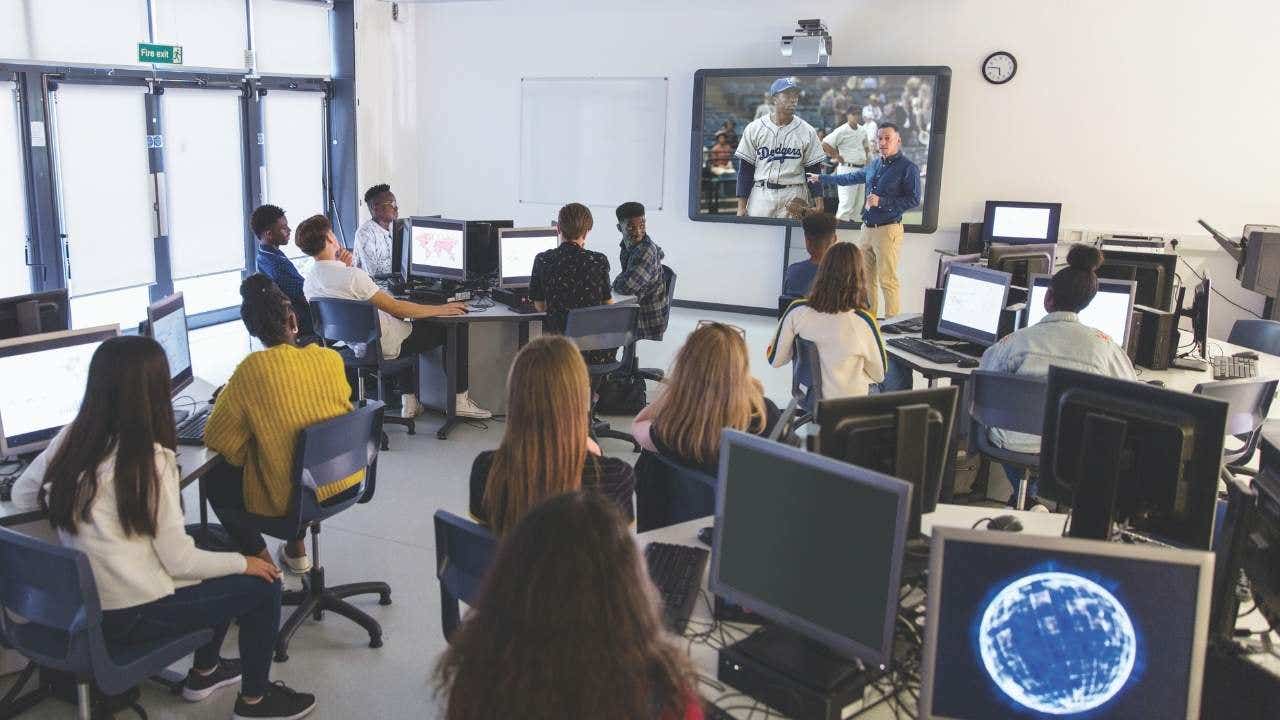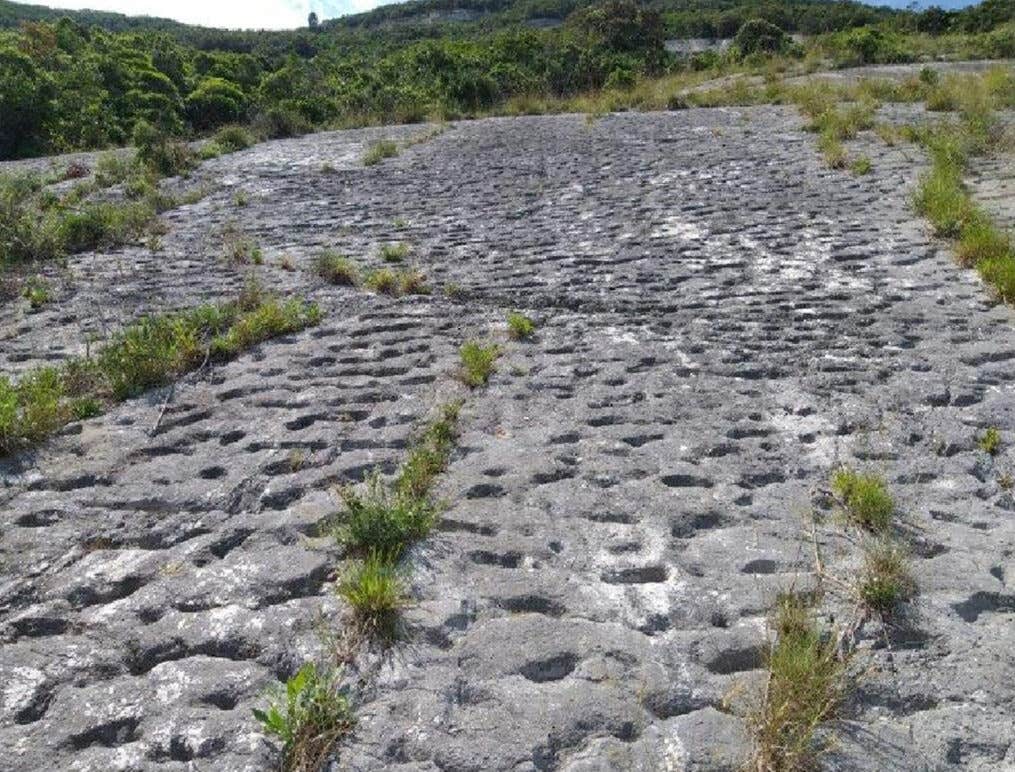Is streaming video the key to developing scientific literacy for students?
The study finds video can clearly boost academic performance and in a form students wish to use and appreciate.

[Jan 25, 2022: University of Toronto Scarborough]
One key early finding is that students with access to the video explanations showed at least a 12 percent advantage on a knowledge and understanding quiz. (CREDIT: Creative Commons)
An experiment conducted by researchers at the University of Toronto Scarborough’s (UTSC) Advanced Learning Technologies Lab (ALT) is confirming the value of streaming video resources in enhancing student learning. The study finds video can clearly boost academic performance and in a form students wish to use and appreciate.
One key early finding is that students with access to the video explanations showed at least a 12 percent advantage on a knowledge and understanding quiz. Principal investigator Adam Frost of ALT explains that this difference is substantial, providing statistically significant evidence that the videos enhanced learning meaningfully.
Frost noted, “To advance the practice of pedagogy, it is essential to differentiate between methods that seem good in theory and methods that are good in practice. So, we put theory to the test using a rigorously designed experiment conducted in the naturalistic context of an in-class writing assignment centered on understanding an academic paper.”
The research was supported by global academic publisher SAGE Publishing and Canadian-based international research and development consultant, Mitacs.
Related News
The use of videos in higher education is widespread, and SAGE has created a number of disciplinary and interdisciplinary video collections across the social, behavioral and health sciences, including SAGE Research Methods Video collection. A case-study format title from one of these collections was used in the latest experiment because its rigorous, clear and accessible explanation of research methods exceeded the more limited methodology sections in research papers.
In this study, students in a sizable online class at UTSC were split into different experimental groups. Learning outcomes were measured for students with access to video ‘primers’ compared to students who received the standard instruction without video support.
Early analysis found substantial, statistically significant and compelling evidence that videos were eagerly watched by students. The videos improved students’ scores on a memory and comprehension quiz, and that this didn’t come at the expense of reading the written materials also assigned. The study provides early evidence that video can elevate scientific literacy in undergraduate students.
Some additional specific results include:
Of the students who saw a video, 90 percent reported watching most or all of it, suggesting that they found it useful and/or engaging.
Of the students in the non-video control group, 93 percent expressed that they ‘would’ or ‘might’ use extra explanatory resources for understanding the research articles if they were available
Of the students given a video option, 55 percent reported watching both the video for their topic article as well as an available video for an unused alternative article.
“It takes seconds to add one of these videos to assignment instructions,” said Frost, “and you get a nice boost in educational outcomes and students really seem to use and appreciate these videos.”
SAGE, as a major producer of video content for pedagogy, is vitally interested in this issue. Toronto-based Michael Carmichael, SAGE’s Director of Visual Media, explained:
“Our research partnership with the University of Toronto, Scarborough using SAGE research methods video content has taught us enormous amounts, especially how video can develop scientific and data literacy skills in students. We really hope the findings will be of great value to educators and librarians worldwide. This evidence is critical because we are often asked by our library and academic partners whether our video resources can make a difference to learning pathways for students, and this evidence demonstrates that it does very effectively.”
Frost cited SAGE’s involvement in video pedagogy as a key driver of the tripartite partnership. “We approached SAGE to collaborate on this project because they’ve been investing in multimedia science education for years. Michael Carmichael had previously collaborated with scientists to investigate the efficacy of video in education and seemed like an ideal fit for a partnership.” Carmichael was the lead author of the 2018 whitepaper Assessing the Impact of Educational Video on Student Engagement, Critical Thinking and Learning: The Current State of Play.
Carmichael concluded that “the research outcomes from this partnership offer practical lessons about streaming media in Canada and in classrooms worldwide.”
More about the experiment and its implications can be found in this short video of Adam Frost describing the initial findings with Michael Carmichael. A longer article and video will be forthcoming on the Social Science Space website and in an upcoming whitepaper from SAGE.
For more science and technology stories check out our New Discoveries section at The Brighter Side of News.
Note: Materials provided above by University of Toronto Scarborough and Sage Publishing. Content may be edited for style and length.
Like these kind of feel good stories? Get the Brighter Side of News' newsletter.
Tags: #New_Discoveries, #Streaming, #Video, #Science, #Research, #Learning, #Brain, #Education, #The_Brighter_Side_of_News



